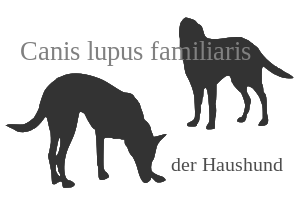Rastreador Brasileiro
| Rastreador Brasileiro (†) | |||
|---|---|---|---|
|
|||
| FCI Standard No. 275 (deleted) | |||
|
|||
| Origin : | |||
| Alternative names: |
Urrador, Urrador Americano |
||
| Withers height: |
about 65 cm |
||
| Weight: |
not specified |
||
| List of domestic dogs | |||
The Rastreador Brasileiro ( port . For Brazilian Beagle ) or Urrador Americano ( American howler ) was one of the FCI recognized Brazilian breed (formerly Group 6, standard no. 275 ).
History
The dog breed was developed in the 1950s by Oswaldo Aranha Filho in Brazil as a hunting dog for hunting jaguars and wild boars . A suitable dog should corner the game and hold it until the hunter arrives, have a good nose for tracking , be noisy and well adapted to the hot climate and local terrain. He also crossed American Foxhounds , Black and Tan Coonhounds , Petits Bleus de Gascogne and Bluetick Coonhounds , some of which were imported to Brazil specifically for the development of the new breed.
In 1967 the breed was recognized by the FCI as the first Brazilian dog breed. It was divided into group 6 with the standard number 275.
As early as 1973 the breed was declared extinct by the FCI and removed from their lists again: All dogs in Oswaldo Aranha Filho's kennel, where most of the dogs of this breed were kept, were infected with tick- borne piroplasmosis . The kennels and dogs were then treated with too high a dose of acaricides , which caused the dogs to die.
Efforts are underway in Brazil today to revitalize the breed. For this purpose, the Grupo de apoio ao resegate do Rastreador Brasileiro was founded, which, however, is neither recognized by the FCI nor by the Brazilian umbrella organization.
description
The Rastreador Brasileiro was a medium-sized hunting dog with a short, hard coat that was bred in the colors blue speckled (bluetick), white with black and / or brown spots, and black and tan . The head was flat, with a muzzle of medium length and long ears, the neck strong, the back straight and very muscular in the lumbar region, the chest deep and strong, the tail saber-shaped. The character is described as independent and full of energy.
Web links
- Former standard
- Grupo de apoio ao resegate do Rastreador Brasileiro (Portuguese)
- History of the Rastreador Brasileiro (Portuguese)
- photos
